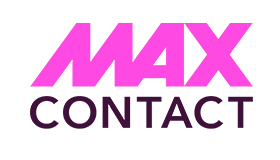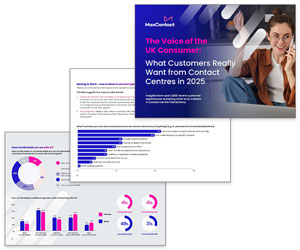Remote working has presented various challenges over the past 18 months. From adapting to working alone, to trying to create a work–life balance when your workspace is suddenly in your living room. For managers, it’s also presented new challenges in terms of how to manage a workforce remotely, keeping staff motivated and morale high.
For those in leadership positions, the transition to managing a remote workforce and onboarding staff without ever meeting them face-to-face has been, and continues to be, tough.
With these increased challenges, a growing number of managers and businesses have begun ‘spying’ on their staff to ensure they’re working to the same standards as they were when in the office.
Remote Surveillance
So how exactly are businesses spying on their employees? By using remote surveillance software. This technology has become increasingly popular over the past 18 months, with one in five companies admitting to either installing technology to snoop on staff or planning to. Google queries for “remote monitoring” were up 212% year-on-year; by April 2021, they’d continued to surge by another 243%.
This software, also known as ‘tattleware’ or ‘bossware’, can log how long workers take to read and reply to messages, check attendance at meetings and even secretly film them from their screen.
A large company within the surveillance software industry, ActivTrak, reported that during March 2020 alone they saw an increase of 50 clients to over 800. ActivTrak claim that they ethically monitor productivity and now boast over 9,000 customers.
So with this increase in popularity, should you be considering using it as a manager?
Increase in Productivity
In short, tracking how your employees spend their time naturally increases productivity. It limits their access to distractions and optimises work hours, working in a similar way to CCTV cameras around the office.
Collecting video footage of employees’ computer usage can help business owners and managers migrate the time employees spend on non-work related browsing and messaging, and transition it to more productive use.
That being said, several studies throughout the pandemic showed that working from home actually increased productivity. On average, home workers spend 10 minutes less a day being unproductive, work one more day a week, and are 47% more productive.
If this is the case, do you really need to monitor your employees?
Staff Morale
For those employers that are using this software, they claim it’s good for productivity. Sure, maybe this is true, but there is evidence that such techniques can make people feel vulnerable, afraid and less creative. It can also reduce their job satisfaction and lower their morale.
Elizabeth Lyons, an affiliate professor of administration at the University of California, acknowledges that when monitoring becomes overbearing, employee morale will take a hit.
“In studies we’ve looked at, the workers were essentially saying, ‘If the manager is going to watch everything I do, then I’m not going to do anything above and beyond what they expect of me,’” says Lyons.
Legalities and Privacy
Silkie Carlo, director of the anti-surveillance charity Big Brother Watch, says, “Although bosses should tell you if they are using spyware technology, they do not have to obtain your consent to do so.”
Some feel that this is a step too far, tipping the scales heavily in favour of the employer and even opening up privacy issues, for example if an employee is using a work-sponsored computer outside of hours, their employer could easily access their personal data, down to internet banking passwords and Facebook messages.
With the boundaries of home and work life becoming unclear, if you’re considering utilising a surveillance approach, it’s key that it shouldn’t be a surprise attack.
You should be open and honest with your teams, explain the rationale behind the decisions and provide examples of some of the business problems you’ve had over the past 18 months that would be resolved by managing performance this way.
Building Trust and Loyalty
Clearly the installation of at-home surveillance software is a controversial one and can easily create tension between employee and employer.
Extreme measures like these might be necessary for the minority of organisations. However, building trust and loyalty is a much more organic way to know your employees are ‘doing what they should be doing’ when working at home.
By communicating clear objectives and KPIs, understanding whether teams are meeting or exceeding the levels and quality of work expected of them can quickly be understood using more traditional cost-effective methods and ultimately ones that don’t annoy your entire workforce.
This blog post has been re-published by kind permission of MaxContact – View the Original Article
For more information about MaxContact - visit the MaxContact Website
Call Centre Helper is not responsible for the content of these guest blog posts. The opinions expressed in this article are those of the author, and do not necessarily reflect those of Call Centre Helper.
Author: MaxContact
Published On: 1st Oct 2021 - Last modified: 5th Oct 2021
Read more about - Guest Blogs, MaxContact






 MaxContact is the AI-powered customer engagement software that helps you turn every customer conversation into a high-impact, revenue-driving moment. We empower your teams to connect smarter, perform better, and scale faster – without losing the human touch.
MaxContact is the AI-powered customer engagement software that helps you turn every customer conversation into a high-impact, revenue-driving moment. We empower your teams to connect smarter, perform better, and scale faster – without losing the human touch. 
































